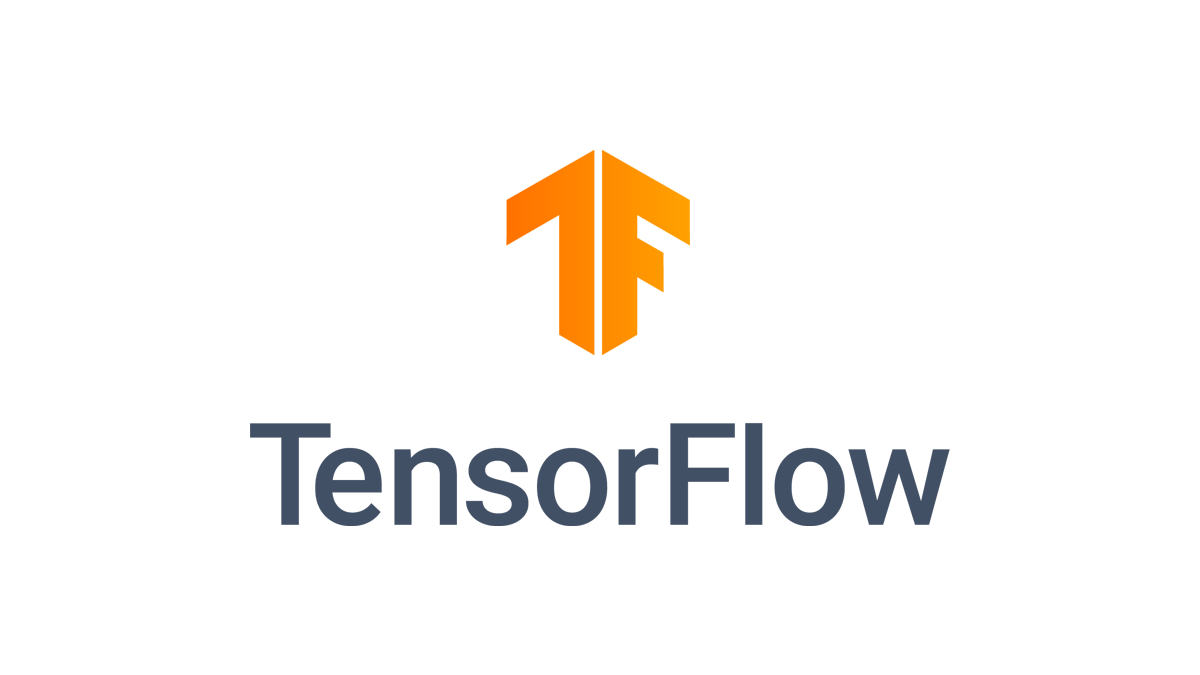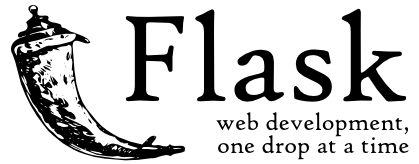Trained model is deployed using Heroku Platform Link: https://detection-melanoma.herokuapp.com/
This project is aimed to classifiy an image as malignant or benign and thereby detect skin cancer [Melanoma].
ISIC 2019 Dataset for benign and malignant cases available in Kaggle JPEG format are converted to TFRecord format for faster processing and used tensor flow dataset class to load the data in batches. TFRecord files created are uploaded back to kaggle and hence into GCS Cloud. TFRecord files are created for various sizes of images - 224x224 60% center cropped, 384x384 50% center cropped.
Motivation to do this project is to apply state of the art computer vision techinques to real world applications
Tensorflow deep learning frame work is used.
Model trained on Kaggle TPU
EfficientNetB4 pre trained model is used, Please refer the research paper for the architecture of EfficientNet - https://arxiv.org/abs/1905.11946
Images are augmented with respect to zoom,shear,rotate left/right flip up/down during training randomly.
A significant Class imbalance problem was seen as expected in medical images. Number of positive data points were 584 compared to 30,264 Negative data points Training data is under-sampled i.e on EDA of the metadata it was seen that for the same part of the body, for the same patient multiple images were found. These images were of different sizes or taken from a different angle, natural augmentation!!!!. But since we do augmentation during training, we can remove these duplicate images [Checked the performance of the model with all the available data as well, there was almost no difference].
Loss functions experimented are Binary crossentropy, weighted binary cross entropy, focal loss -> weighted binary cross entropy gave better performance.
Cyclic learning rate, Learning rate with decay,Learning rate decay with warmup has been experimented -> Learning rate decay with warmp gave better results.
Batch size of 8,16,32 has been experimented.
Stratified KFold technique is used for cross validation splits.
AUC achieved is 0.895
The Code is written in Python 3.7. If you don't have Python installed you can find it here. If you are using a lower version of Python you can upgrade using the pip package, ensuring you have the latest version of pip. To install the required packages and libraries, run this command in the project directory after cloning the repository:
pip install -r requirements.txtpython app.py
Free Heroku account has been created and the model has been deployed.
Create an ensemble of models using various architectures/image sizes and meta deta
Dockerize the model



